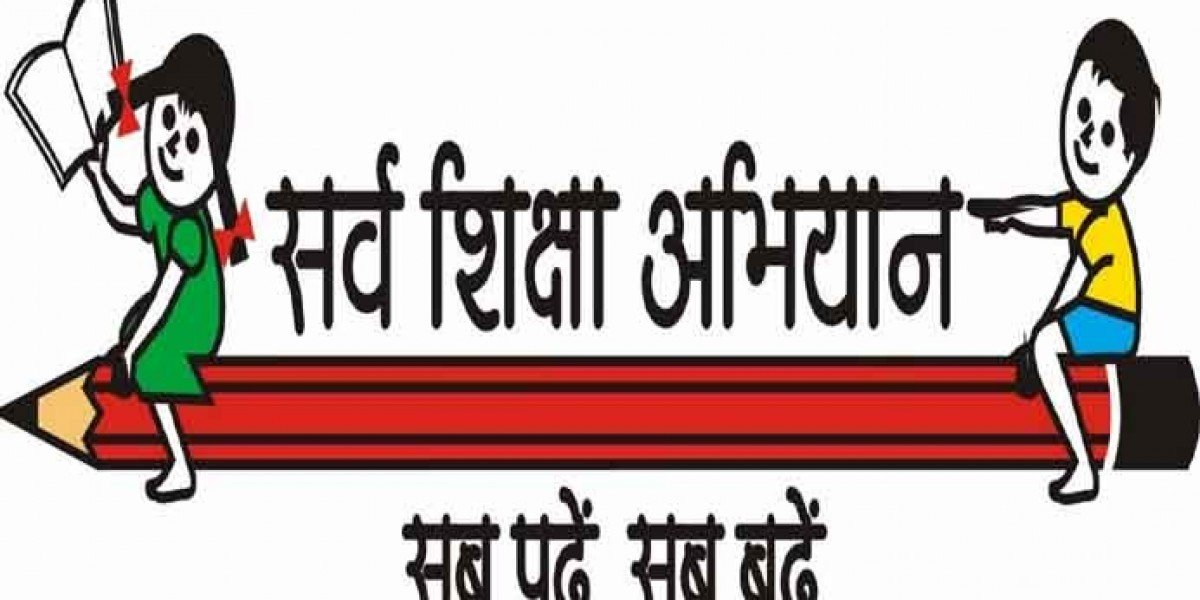Education is the foundation of a nation’s progress. It empowers individuals, strengthens communities, and drives sustainable development. In a diverse country like India, where social and economic disparities exist, ensuring that every child has access to quality education has been a significant challenge. To bridge this gap, the Government of India launched Sarva Shiksha Abhiyan (SSA), a flagship program aimed at universalizing elementary education. This initiative has played a vital role in transforming the educational landscape of India, bringing millions of children into the folds of learning.
The Vision and Objectives of Sarva Shiksha Abhiyan
The vision of Sarva Shiksha Abhiyan revolves around providing useful and relevant elementary education to all children in the age group of 6 to 14 years. Its primary objective is to ensure that every child, irrespective of gender, caste, or economic status, has access to free and compulsory education. The program seeks to eliminate disparities in education by focusing on equity, quality, and community participation.
SSA aims not just to increase enrollment but also to enhance the quality of education. It emphasizes improving school infrastructure, training teachers, and introducing innovative teaching methods. The mission also promotes inclusive education by ensuring that children with disabilities are not left behind. Through community-based monitoring and participatory planning, SSA has successfully made education a collective responsibility.
Historical Background
The roots of Sarva Shiksha Abhiyan can be traced back to India’s constitutional commitment to provide free and compulsory education to all children. Article 45 of the Constitution, as part of the Directive Principles of State Policy, mandated that the state must ensure free education for all children up to the age of 14 years. Over the years, several initiatives were launched to fulfill this vision, but SSA emerged as the most comprehensive and structured program.
Launched in 2001 by the Ministry of Human Resource Development, SSA was designed as a time-bound initiative to achieve the goal of Universal Elementary Education (UEE). It integrated earlier programs like Operation Blackboard, District Primary Education Programme (DPEP), and Education Guarantee Scheme to create a unified framework for educational development. This holistic approach ensured that both access and quality received equal attention.
Key Features and Components
Sarva Shiksha Abhiyan is built on the principles of decentralization and community participation. One of its major features is the focus on district-based planning, which allows local authorities to design educational programs based on specific regional needs. The following are some of its core components:
1. Universal Access and Enrollment
The program aims to provide schools within accessible distance to every habitation. Special emphasis has been given to establishing schools in rural, tribal, and remote areas to ensure that no child is deprived of education due to geographical barriers.
2. Infrastructure Development
SSA has significantly improved school infrastructure by constructing new buildings, additional classrooms, toilets, drinking water facilities, and boundary walls. This has contributed to a safer and more conducive learning environment for children.
3. Quality Improvement
Quality education is central to SSA’s mission. The program includes teacher training modules, the introduction of innovative teaching aids, and the development of activity-based learning materials. The focus on continuous evaluation ensures that learning outcomes are regularly assessed and improved.
4. Inclusive Education
SSA promotes the inclusion of children with disabilities through special learning materials, teacher sensitization programs, and accessible school infrastructure. It also encourages gender equality by supporting the education of girls through initiatives like Kasturba Gandhi Balika Vidyalayas (KGBV).
5. Community Participation
The involvement of local communities, parents, and civil society organizations has been a key strength of Sarva Shiksha Abhiyan. Village Education Committees and School Management Committees are empowered to monitor school functioning and ensure accountability.
Impact of Sarva Shiksha Abhiyan
Over the years, SSA has brought about a remarkable transformation in India’s educational landscape. The enrollment rate in primary schools has reached near universal levels, and gender parity has improved substantially. The program has also succeeded in reducing dropout rates and increasing retention levels among students.
Teacher training programs have enhanced pedagogical skills, while infrastructural improvements have made schools more child-friendly. The availability of free textbooks, uniforms, and mid-day meals has encouraged children from marginalized backgrounds to attend school regularly. Moreover, the emphasis on inclusive education has enabled children with special needs to participate in mainstream schooling.
SSA has also strengthened the partnership between the government and civil society, ensuring that education becomes a shared social responsibility. The focus on decentralized planning and monitoring has made the program more responsive to local needs and challenges.
Challenges Faced
Despite its achievements, Sarva Shiksha Abhiyan has faced several challenges in implementation. In some regions, inadequate infrastructure and shortage of trained teachers continue to affect the quality of education. The learning outcomes of students, especially in rural and tribal areas, often remain below expectations.
Another significant challenge is ensuring the education of children from migrant families and economically weaker sections, who frequently move in search of livelihood. Bridging the digital divide and integrating technology into the learning process is also an emerging necessity in the modern era.
Furthermore, while access to schools has improved, maintaining consistent quality across all states remains a concern. Addressing these issues requires continued commitment, innovation, and investment in human and material resources.
Transition to Samagra Shiksha Abhiyan
In 2018, the Government of India launched the Samagra Shiksha Abhiyan, an integrated scheme that combines the objectives of SSA, Rashtriya Madhyamik Shiksha Abhiyan (RMSA), and Teacher Education. This unified approach aims to provide holistic education from pre-school to senior secondary levels. However, the legacy and foundational principles of Sarva Shiksha Abhiyan continue to guide the broader educational reforms in India.
Conclusion
Sarva Shiksha Abhiyan has been a monumental step in India’s journey toward achieving universal education. It has not only expanded access to schooling but also brought significant improvements in equity and quality. By focusing on inclusive, community-driven, and quality-oriented education, SSA has transformed the educational scenario for millions of children.
Although challenges remain, the achievements of SSA serve as a strong foundation for future reforms. The program stands as a testament to India’s commitment to ensuring that every child, regardless of background or circumstance, has the opportunity to learn, grow, and contribute to the nation’s development. The spirit of Sarva Shiksha Abhiyan continues to inspire the vision of an educated and empowered India.








